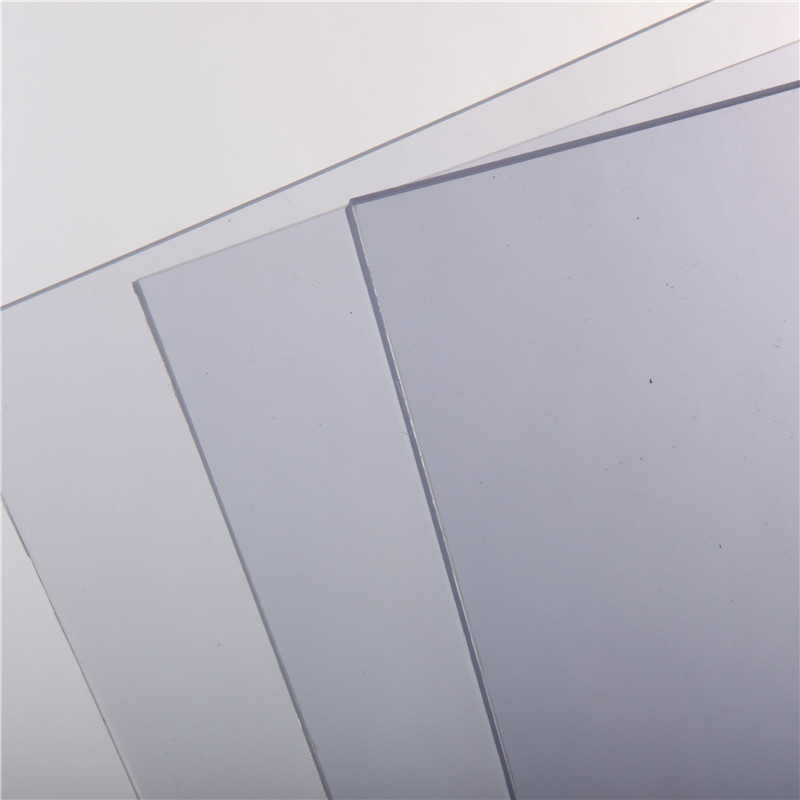Nov . 06, 2024 01:12 Back to list
Understanding the Benefits and Applications of PVC Conduit Pipe in Construction
The Importance of PVC Conduit Pipes in Modern Construction
In the realm of modern construction and electrical installations, PVC conduit pipes have gained significant recognition due to their durability, cost-effectiveness, and versatility. Standing for Polyvinyl Chloride, PVC is a synthetic plastic polymer that possesses remarkable properties, making it a preferred choice for various applications, especially in electrical wiring management.
What are PVC Conduit Pipes?
PVC conduit pipes serve as protective channels for electrical wiring, shielding cables from physical damage and environmental factors. They are lightweight yet robust, offering an excellent alternative to traditional metal conduits. The construction of PVC conduit involves an extrusion process that creates smooth, rigid tubes ideal for housing electrical cables. These pipes are available in various sizes, diameters, and lengths, making them adaptable to multiple installation scenarios.
Advantages of PVC Conduit Pipes
1. Corrosion Resistance One of the standout features of PVC conduit pipes is their resistance to corrosion. Unlike metal conduits that can rust and deteriorate over time, PVC remains unaffected by moisture and various chemicals. This property is particularly advantageous in areas prone to high humidity or exposure to corrosive elements.
2. Lightweight and Easy to Work With PVC pipes are much lighter than their metal counterparts, making them easier to handle and install. This translates to reduced labor costs and quicker installation times, as less effort is required to transport and position the pipes during construction.
3. Cost-Effectiveness The overall cost of using PVC conduit pipes is significantly lower than that of metal conduits. Not only are the initial material costs lower, but the reduced installation time and labor requirements further enhance their economic appeal. Additionally, the longevity of PVC pipes means they are less likely to need replacement, leading to further savings over time.
pvc conduit pipe

4. Electrical Insulation Properties PVC is an excellent insulator, which adds an extra layer of safety when used in electrical applications. It prevents electrical shorts and minimizes the risk of accidents, making them a smart choice for housing electrical wiring in residential and commercial buildings.
5. Flexibility in Design The versatility of PVC conduit allows for a wide range of applications. They can be used in both indoor and outdoor settings, easily adapting to various environmental conditions. Furthermore, their adaptability extends to different installation methods, including surface-mounted, embedded, or suspended configurations.
Applications of PVC Conduit Pipes
PVC conduit pipes are employed across diverse sectors, including residential, commercial, and industrial construction. They are often used in wiring for electrical systems in homes, providing safe channels for wires that connect lighting, outlets, and other electrical fixtures. In commercial settings, PVC conduits are used to manage wiring for computer networks, security systems, and telecommunications.
Moreover, in industrial applications, PVC conduits can be found in wet environments, such as in factories or laboratories, where their resistance to corrosion and chemicals is particularly beneficial. Their ability to work effectively in harsh conditions makes them indispensable for many industrial processes.
Conclusion
In summary, PVC conduit pipes play a crucial role in modern construction by offering a reliable, cost-effective, and safe solution for electrical installations. Their numerous advantages—including corrosion resistance, lightweight nature, cost savings, and versatility—make them a preferred choice among builders and electricians alike. As the demand for sustainable and durable building materials continues to rise, the use of PVC conduit pipes is set to grow, supporting the evolution of electrical installations in a variety of settings. Whether for residential or industrial applications, PVC conduits represent a forward-thinking choice that aligns well with the needs of contemporary construction and electrical infrastructure.
-
High-Quality PPR Pipes and Fittings Durable ERA PPR & PVC PPR Solutions
NewsJul.08,2025
-
Black HDPE Cutting Board - Durable, Non-Porous & Food Safe HDPE Plastic Cutting Board
NewsJul.08,2025
-
High-Quality CPVC Panel Durable HDPE & PVC Panels Supplier
NewsJul.08,2025
-
Double PE Welding Rod Supplier - High Strength, Durable & Versatile Welding Solutions
NewsJul.07,2025
-
High-Quality PVC-O Pipe Supplier Durable 75mm PVC Pipe & Connections Leading PVC Pipe Company
NewsJul.07,2025
-
HDPE Drainage Pipe Supplier – Durable & Corrosion-Resistant Solutions
NewsJul.06,2025

